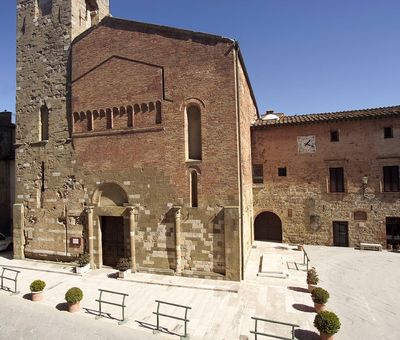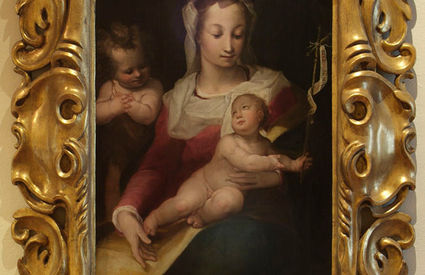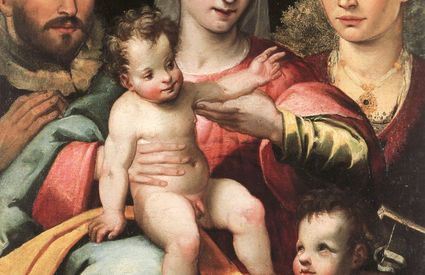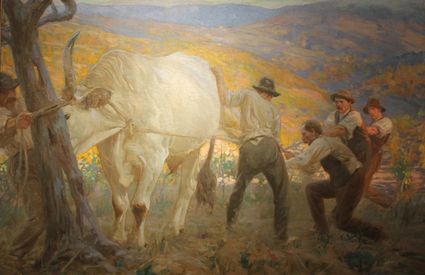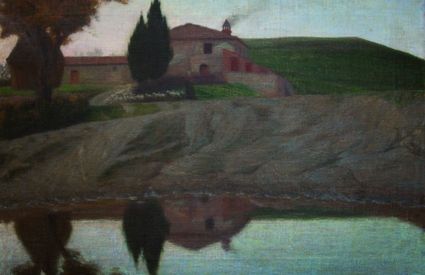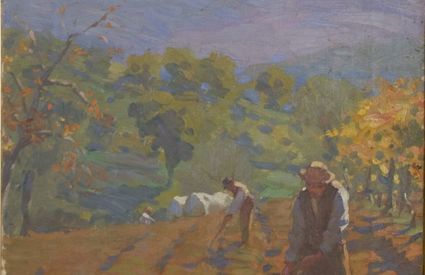Chapter #1
Hidden gems
It can occur that those visiting Casole d’Elsa, which is perched on one of the hills making up a landscape that seems to be more of a painting than a real-life scenario, can be so dazzled by the tenderness of the scenic greenery that they may forget to venture through the town’s stony alleys to discover its hidden gems. From sacred images to peasant scenes, there are unique paintings to be found here. Stories of faith, of devotion and of hard work in the fields, the legacy of artists who have, with their works, managed to take a snapshot of time’s passing amongst our gentle landscape.


